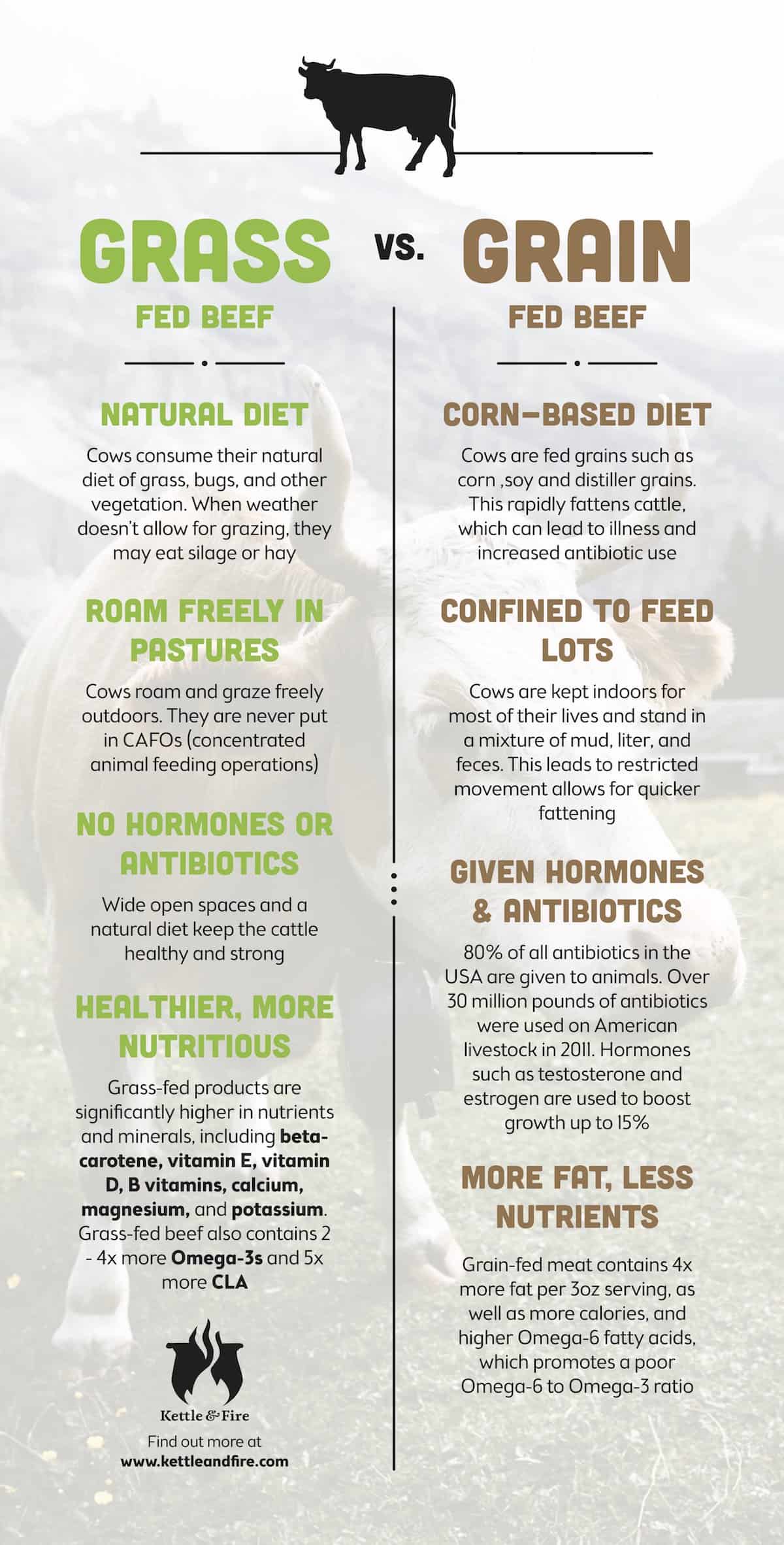What Does Grass Finished Mean
The term “grass finished” evokes images of verdant pastures bathed in golden sunlight, where cattle roam freely in their natural habitat, feasting on a buffet of lush grasses. Like the final brushstroke on a masterpiece, grass finishing elevates the quality of beef, resulting in a product that speaks not just to the taste but to the entirety of its upbringing. In a world buzzing with choices and nuances, understanding what it means for cattle to be grass finished is essential for any discerning consumer.

At its core, the term “grass finished” denotes the method of raising livestock that emphasizes a diet composed entirely of grass and other forage for the entirety of their lives, particularly in the critical final months before slaughter. Distinct from “grass-fed,” which might include some grain or other feed components at various stages, grass finished means that these cattle have experienced the robust, lush richness of a natural diet—one that contributes immensely to the flavor profile and nutritional quality of the meat.
To illuminate this concept, consider the journey of a cow as akin to that of a great artist honing their craft. A grain-finished cattle’s life is similar to a premise steeped in the quick satisfaction of mainstream appeal—an accelerated growth rate and marbling achieved through grain feeding. Although this approach might yield flavors that some are accustomed to, the result lacks the depth and character that comes from a naturally nourished existence. Conversely, grass finishing allows for a more gradual maturation, akin to a slow, deliberate pursuit of mastery. The flavors develop complexities, drawing on the variations of the grasses consumed—be it sweet, salty, or herbaceous—much as an artist would explore different techniques and mediums to create a rich tapestry of experience.
Research exudes the numerous health benefits associated with grass-finished beef. It is often lauded for its higher omega-3 fatty acid content, which provides a healthier fat profile compared to grain-finished options. The abundance of antioxidants, vitamins, and a more favorable ratio of omega-3 to omega-6 fatty acids merely scratches the surface of why grass finished beef is considered a culinary treasure. Think of these nutrients as the pigments in an artist's palette; they come together to create a vibrant work of art that nourishes both body and soul.
Furthermore, grass-finished beef embodies an ethical stance that resonates with today’s conscious consumers. By choosing grass-finished beef, they support sustainable agricultural practices and the welfare of animals. These cattle are not confined in tight quarters nor subjected to unnatural diets; instead, they graze on open pastures, fostering an environment that promotes their health and happiness. This resonates like a melody in a symphony that harmonizes the pursuit of flavor with compassion—a beautiful balance that the modern consumer craves.
When delving into the many facets of grass finishing, it becomes apparent that the taste experience itself is an adventure through various landscapes. Each bite offers a vivid story of flavors that might transport you from the rustic farms of the Midwest to sun-soaked rolling hills. The meat crafted from grass-finished cattle doesn’t merely satiate hunger; it invites you to savor each morsel, engaging your senses in ways that perhaps a hastily raised alternative cannot.
The flavor profile of grass-finished beef is often described as being richer and more nuanced than that of its grain-finished counterparts. The broader palate of grasses, clover, and wild herbs consumed by the cattle adds distinctive accents to the meat’s profile. Imagine standing in an idyllic meadow, the scents of wildflowers and earth wafting through the air—this is the essence of what grass-finished meat delivers on your plate. The flavor of this beef is a testament to the life lived by the animal, a true reflection of its diet and environment.
Why should anyone invest in grass-finished beef? Beyond the immediacy of flavor and texture, there lies an appreciation for craftsmanship and the rich history of ranching practices. Choosing this meat entails a commitment to quality, sustainability, and an unwavering passion for food that mirrors the meticulous efforts of the dedicated ranchers who cultivate these animals. In essence, by opting for grass-finished beef, you are not just making a culinary choice but a mindful lifestyle decision that reflects a deeper connection to food sourcing and environmental stewardship.
Moreover, as the conversation around food sourcing and animal husbandry continues to evolve, the demand for transparency also grows. Consumers are increasingly seeking knowledge about the products they choose, leaning toward companies that uphold ethical farming practices. Grass-finished beef, in this context, serves as a beacon of integrity within the culinary world, attracting those who crave authenticity and depth.
As one explores the landscape of beef production, the narrative of grass-finishing emerges not merely as a trend but as a call to engage with our food profoundly. It beckons us to consider the origins of what we consume, the stories behind each cut, and the ethical implications of our choices. Just as an artist unveils their work layer by layer, grass-finished beef invites us to embark on a heartening journey toward understanding—where ethical practices and savory delight intertwine, culminating in a vibrant tapestry of culinary excellence.
In conclusion, the grass-finished method of raising cattle stands as a testament to a commitment to quality, sustainability, and ethical living. With every bite, we can savor not just exceptional flavor, but a profound narrative rooted in compassion and craftsmanship. So, the next time you find yourself at a butcher’s counter or perusing the shelves of a grocery store, consider what your choice reflects. Embrace the timeless allure of grass-finished beef—it might just lead you on the most satisfying culinary quest yet.
Post a Comment